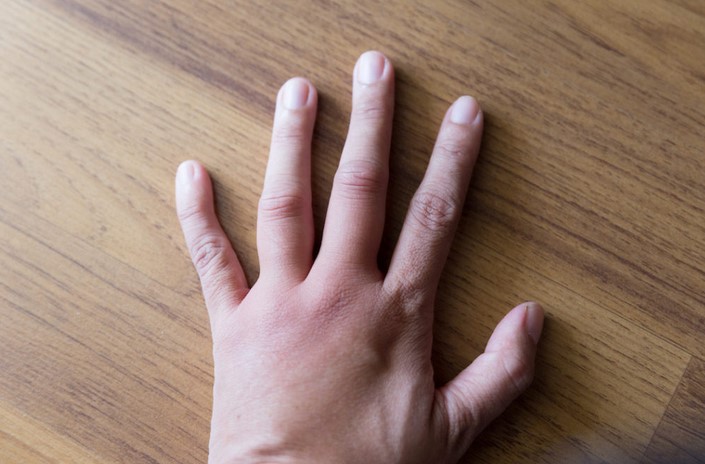
Swollen Finger Joint refers to the inflammation or enlargement of the joints in the fingers, often resulting in pain, stiffness, or discomfort. This condition can be caused by various factors including injuries, infections, arthritis, gout, or other underlying health conditions. Treatment typically involves managing the symptoms through medication, physical therapy, lifestyle changes, or in severe cases, surgery. It’s crucial to consult a healthcare professional for an accurate diagnosis and appropriate treatment plan.
Understanding Swollen Finger Joint: Common Causes and Treatment
Swollen finger joints can be a common occurrence, often causing discomfort and hindering daily activities. Understanding the causes and treatment options for this condition can help individuals manage the symptoms and seek appropriate medical attention when necessary.
One of the most common causes of a swollen finger joint is arthritis, a condition characterized by inflammation of the joints. There are several types of arthritis, including osteoarthritis and rheumatoid arthritis, both of which can lead to swelling in the finger joints. Osteoarthritis typically occurs due to wear and tear on the joints over time, while rheumatoid arthritis is an autoimmune disorder where the body’s immune system mistakenly attacks its own tissues, including the joints.
Another common cause of swollen finger joints is an injury or trauma to the hand. This could be a result of a fall, a sports injury, or even repetitive strain from activities such as typing or playing a musical instrument. In these cases, the swelling is often accompanied by pain and may be temporary, subsiding as the injury heals.
Infections can also lead to swelling in the finger joints. For instance, a condition known as septic arthritis occurs when a bacterial or fungal infection enters a joint, leading to inflammation and swelling. This condition requires immediate medical attention as it can quickly lead to joint damage if left untreated.
Gout, a form of arthritis caused by excess uric acid in the body, can also cause swollen finger joints. In this condition, the excess uric acid forms crystals in the joints, leading to intense pain and swelling. Gout attacks can occur suddenly and often at night.
Treatment for a swollen finger joint largely depends on the underlying cause. For arthritis-related swelling, treatment may involve medication to reduce inflammation and pain, as well as physical therapy to improve joint function. Lifestyle changes, such as maintaining a healthy weight and regular exercise, can also help manage symptoms.
In the case of an injury, treatment may involve rest, ice, compression, and elevation (RICE) to reduce swelling and promote healing. Over-the-counter pain relievers may also be recommended. If the injury is severe, medical intervention such as surgery may be necessary.
For infections like septic arthritis, antibiotics are typically prescribed to fight the infection. In some cases, surgical drainage of the infected joint may be required.
Gout is usually treated with medications to control uric acid levels and reduce inflammation. Dietary changes, such as reducing intake of foods high in purines, can also help manage gout.
In conclusion, a swollen finger joint can be caused by a variety of conditions, from arthritis to injuries to infections. Treatment options vary depending on the cause, but often involve medication, lifestyle changes, and in some cases, surgery. If you’re experiencing a swollen finger joint, it’s important to seek medical attention to determine the cause and appropriate treatment. Remember, early intervention can help prevent further joint damage and improve your quality of life.Swollen finger joints can be caused by a variety of conditions, including arthritis, gout, injury, infection, or certain diseases like lupus. The treatment typically involves addressing the underlying cause, which may include medication, physical therapy, lifestyle changes, or in severe cases, surgery. It’s important to consult with a healthcare professional for an accurate diagnosis and appropriate treatment plan.